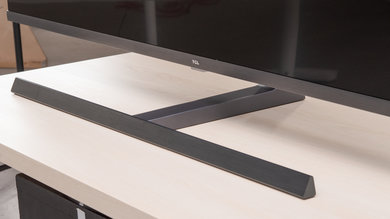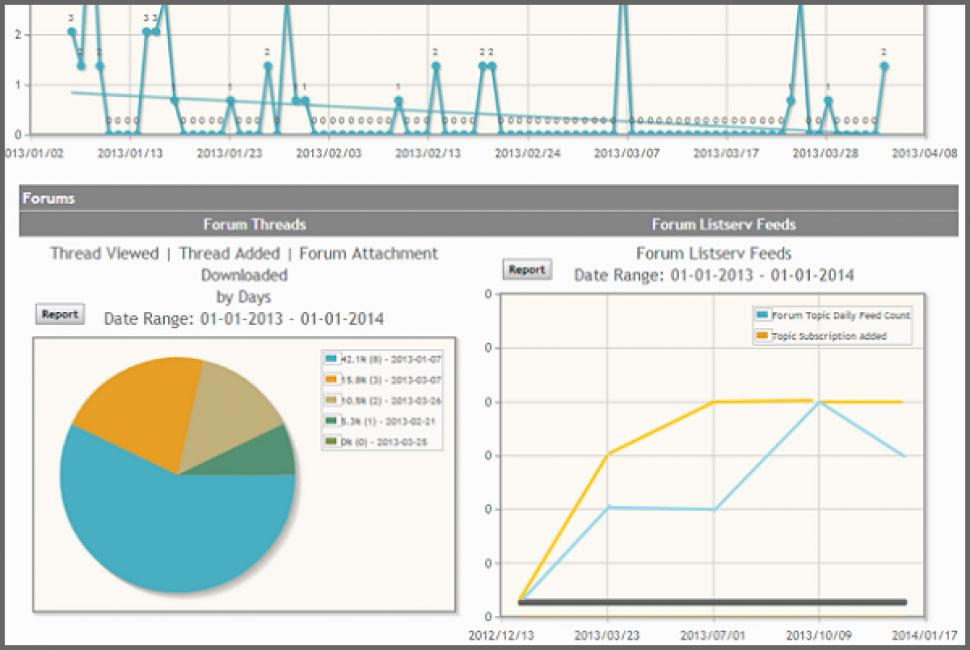
The mobile health consumer is today one of the most important health benefits platforms. They were established in 2012 and have a mission to simplify the healthcare process and empower people with informed decisions about their own health. This is why forward-thinking businesses choose to partner with them. Here's how you can use mHealth to improve your health.
mHealth as a tool to promote chronic disease management
The use of mobile devices for chronic disease management is growing. Mobile health applications offer real-time insights and data that can be used to aid healthcare providers in making informed decisions regarding patients' care. These apps are available in increasing numbers and aim to improve patient awareness, track their health parameters, promote self-management, and increase patient engagement. Some examples of such apps are apps for diet and physical activity monitoring, smoking cessation apps and behavioral health apps.
A systematic review has found that mHealth interventions have a positive impact on chronic diseases. The four RCTs included in the review evaluated the effectiveness and safety of mHealth intervention for patients suffering from diabetes, asthma, or chronic pain. Despite mixed results, the authors highlighted that mHealth apps could improve patient-provider relationships, educate patients, and provide feedback on patient progress.

PRISMA guidelines were used as a guideline to help us review RCTs of mHealth interventions among adults. Our research question was developed using the PICOS approach (participants. compar., outcomes. and study design). In the PICOS approach, we mapped the variables we wanted to investigate and then developed our research question.
When evaluating the effectiveness of mHealth interventions for chronic disease management, there are many important factors to be aware of. We should also consider the types of mHealth apps used and the training methods. For instance, mHealth applications that use pre-set feedback can be useful for patients with chronic pain and for those with asthma. Furthermore, we should consider the duration of the follow-ups after the intervention.
mHealth as an alternative to in-person doctor appointments
Telemedicine (or mHealth) is a rapidly growing model of health care delivery. It makes use of the internet and mobile phones to deliver remote patient care. This allows for lower costs and greater accessibility. Nearly eighty percent (or more) of U.S. adults have a phone, while a similar proportion of adults worldwide do. This new technology could be a useful addition to the healthcare system, particularly for those in low-income communities.
While mHealth is more convenient than in-person visits, there are many limitations. One is that telemedicine encounters can be shorter than in person visits. Telemedicine encounters last no more than a minute. The study does not provide information about the reasons why encounters last less than one minute. Moreover, the study does not look at the impact of mHealth on hospitalization rates.

Telemedicine also poses malpractice risks. For instance, doctors can't fully assess the severity of a patient's condition if they can't see them face-to-face. Doctors cannot determine if a condition has been cured by relying on only a video or an image.
If in-person healthcare is unavailable in your area, telemedicine may be an alternative. Rural residents in areas without access to doctors can benefit from mHealth or telemedicine.